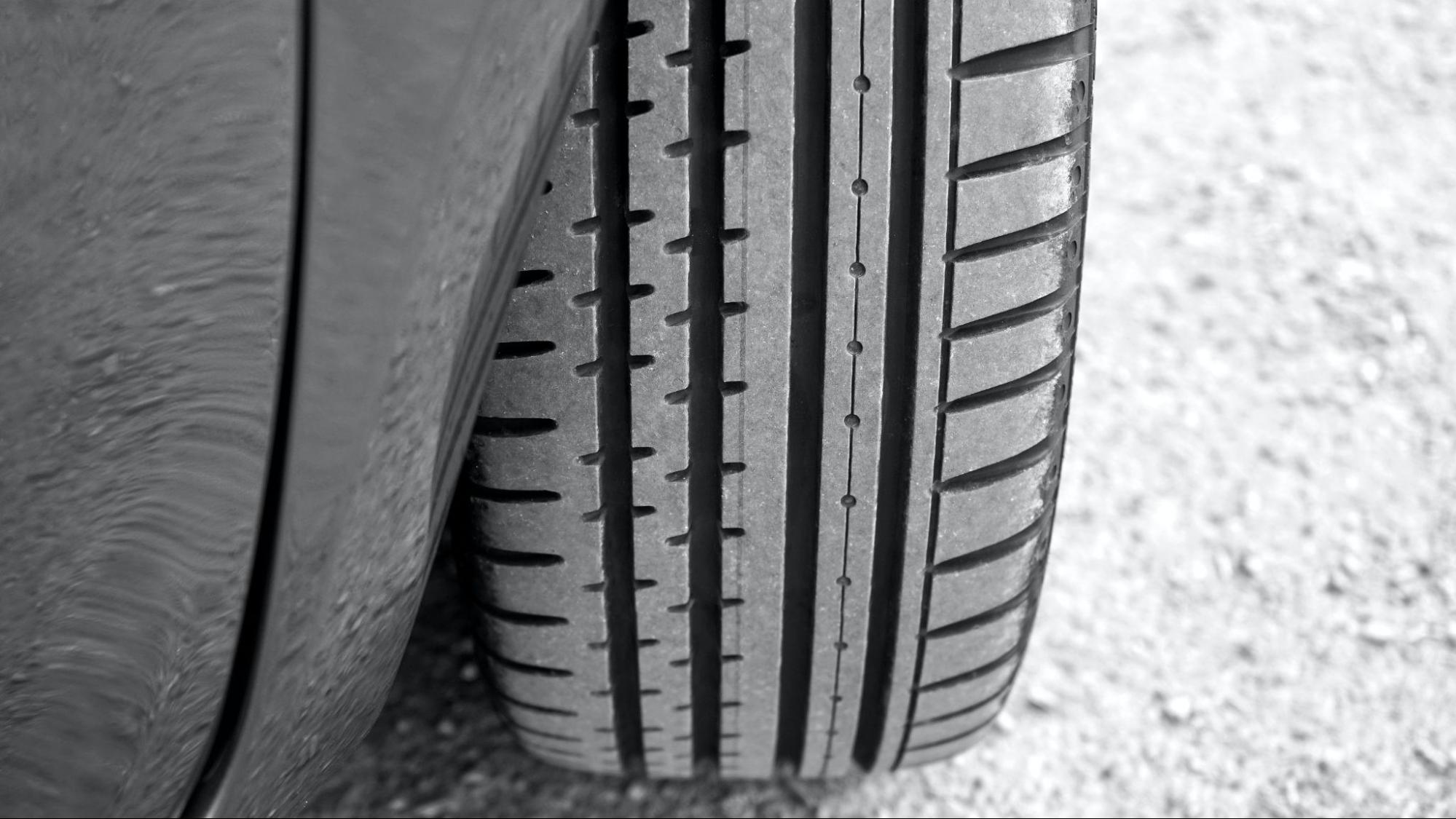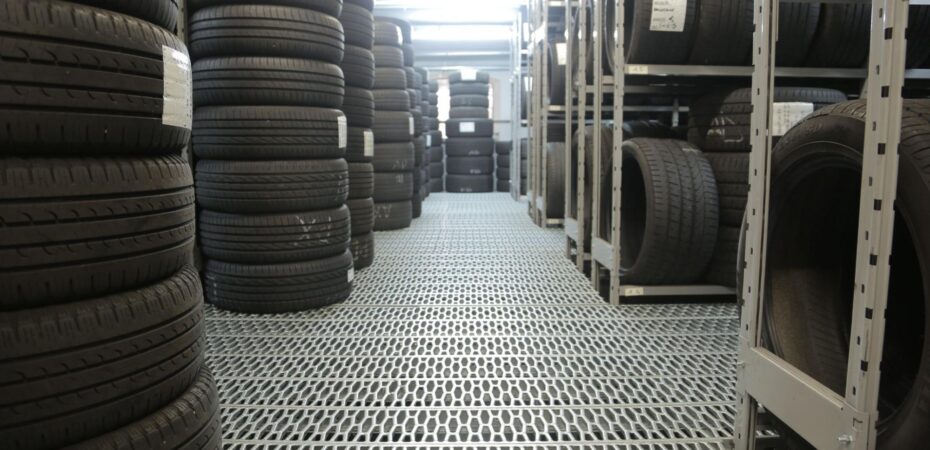Do You Need to Replace All 4 Tires on Awd
If you have an all-wheel drive (AWD) vehicle and one of your tires gets damaged or worn out, you may wonder if it’s necessary to replace all four tires. The answer depends on a few factors, including the tread depth of your remaining tires and the specific recommendations from your vehicle manufacturer.
In some cases, replacing all four tires is recommended for AWD vehicles to maintain balanced handling and traction. This is because AWD systems rely on all four tires working together to distribute power evenly and provide optimal grip on the road. If there’s a significant difference in tread depth between the new tire and the existing ones, it can affect how power is distributed among the wheels, potentially causing issues with handling and stability.
Understanding AWD And Tire Replacement
When to Replace Tires on an AWD Vehicle
As a car owner, it’s essential to understand when to replace tires on your all-wheel drive (AWD) vehicle. While the general rule of thumb is to replace all four tires at the same time, there are specific situations where individual tire replacement may be necessary.
One important factor to consider is tread depth. As tires wear down over time, their ability to maintain traction decreases, especially in wet or snowy conditions. It’s recommended that you replace your tires when the tread depth reaches 4/32 of an inch. However, if one tire wears out significantly faster than the others due to factors like improper alignment or driving habits, replacing only that particular tire might suffice.
The Importance of Matching Tires on an AWD System
When it comes to AWD vehicles, maintaining proper balance and traction across all four wheels is crucial for optimal performance and safety. This means having matching tires in terms of size, brand, model, and tread pattern.
Mismatched tires can lead to uneven wear and tear as well as handling imbalances between the front and rear wheels. This imbalance puts additional strain on the AWD system and may affect its ability to distribute power effectively among all wheels. Moreover, using different types of tires can result in variations in grip levels during challenging road conditions.
To ensure consistent performance from your AWD system and avoid potential problems down the road, it’s highly recommended to replace all four tires simultaneously whenever possible. By doing so, you’ll have a balanced set of tires that work together harmoniously to provide optimal traction, handling, and stability.

Factors to Consider Before Replacing All 4 Tires
The Impact of Tire Wear on AWD Performance
When it comes to replacing tires on an all-wheel drive (AWD) vehicle, it’s essential to understand the impact that tire wear can have on its performance. AWD systems are designed to distribute power evenly among all four wheels, providing better traction and stability. However, if one or more tires are significantly worn compared to the others, it can disrupt this balance and affect the overall handling and safety of your vehicle.
Considerations For Different Tire Brands And Models
When it comes time to replace your AWD tires, it’s essential to consider the brand and model of the tires you currently have. AWD systems are designed to work optimally with specific tire characteristics, such as tread pattern, size, and rubber compound. Mixing different brands or models can potentially affect the balance and performance of your vehicle.
Balancing Cost And Performance When Replacing AWD Tires
Replacing all four tires on an AWD vehicle can be expensive. However, it’s crucial not to compromise safety and performance for cost savings alone. While it may be tempting to replace only two tires (usually the front or rear) instead of all four due to budget constraints, this can lead to imbalances in traction and handling.
When considering cost versus performance:
- Long-Term Savings: Investing in a complete set of new tires ensures even wear patterns and prolongs their overall lifespan. Unevenly worn tires may need replacement sooner than expected if they wear out faster due to uneven distribution of forces in an AWD system.
- Consultation with Experts: Consult with experts at reputable tire shops or dealerships who can guide you based on your specific vehicle requirements and driving habits. They can help you find affordable options without compromising safety or compromising optimal AWD system functioning.
In conclusion:
Replacing all four tires on an AWD vehicle is generally recommended for better drivability and maintained traction control system effectiveness. However, factors such as tread depth disparity, tire type and brand matching, damage or wear, and budget considerations should all be taken into account when making the final decision. To ensure your AWD system operates at its best, consult with a trusted tire professional who can provide personalized advice based on your specific vehicle and driving needs.


 By
By 



